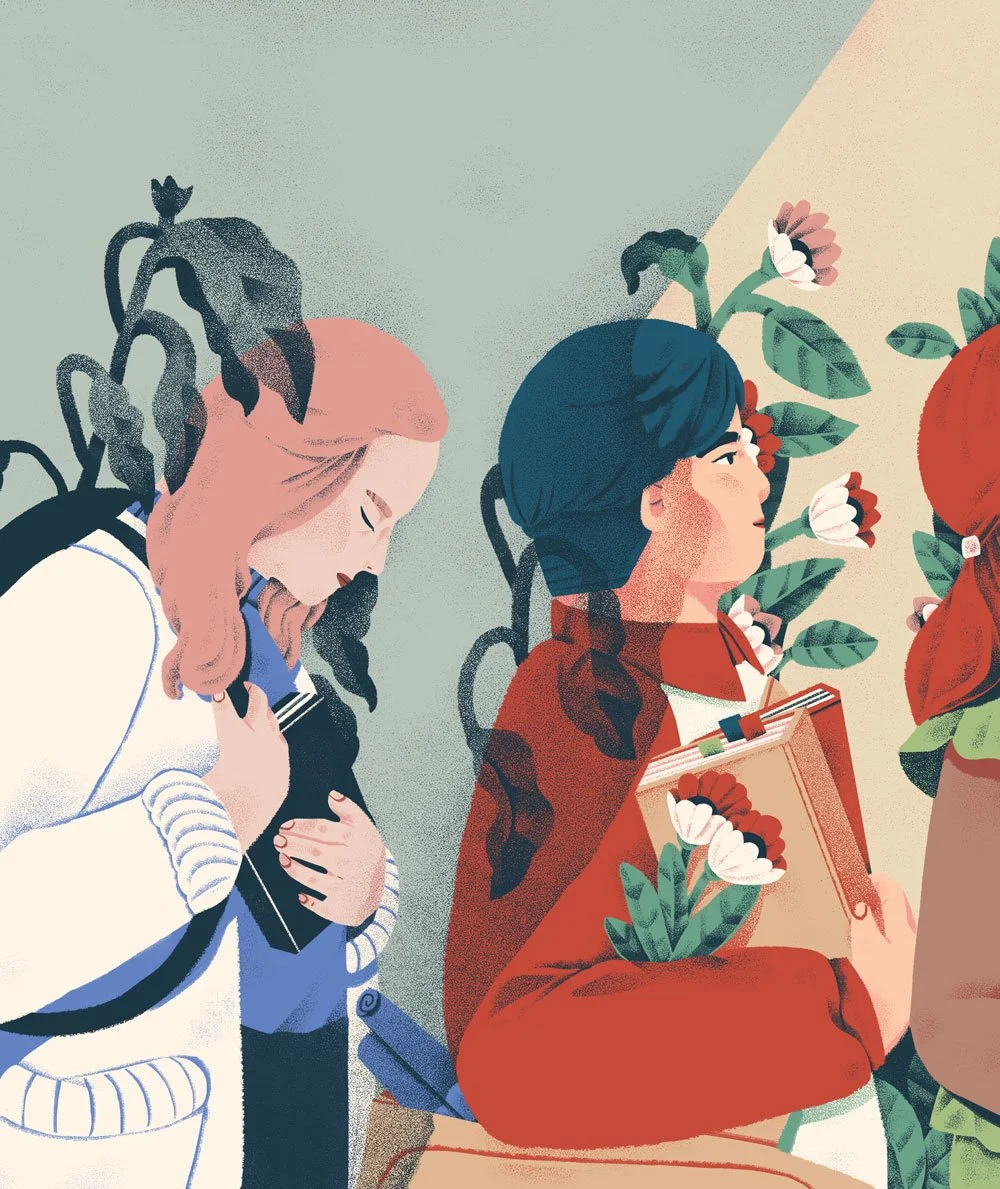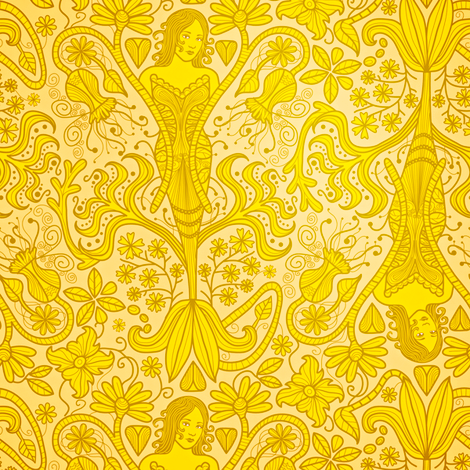In your loneliness, you're not alone. It's natural and typical to feel lonely from time to time.
The fact that it is prevalent does not imply that loneliness will not overwhelm you. This is why, if you're now experiencing this, you could be wondering why and how to stop feeling lonely.
If you are someone like me, when a mental health curveball suddenly comes hurdling through, having an episode that stretches from days to months is not uncommon - just incredibly frustrating and distracting. Truth is, sometimes the start of a new year might actually come in the summer.
Neesa mutes the side effects of doses and medications. She’s a part of a housing agency that offers safe space to people who experience mental illnesses. She doesn’t walk up to the residents just to prescribe them certain drug tablets and capsules wrapped in tin foils. Instead, she morphs into a sponge that absorbs their dripping anxiety, siphoning their exhausting heavy thoughts as her own to ease the burden that weighs on their mind and shoulders. Neesa heals lost souls as a Mental Peer Health Specialist.
A cohesive treatment plan would likely combine a variety of common elements beginning with detoxification, which gives patients a chance to isolate symptoms of the drug or alcohol addiction from the symptoms of mental illness. Inpatient rehabilitation, psychotherapy, medications, self-help, and support groups can also be vital parts of a recovery process that distinctly addresses both substance abuse and mental health.
The challenge for me, and many others with a dual diagnosis of addiction and mental illness, is that no program of recovery can treat mental illness. Recovery literature states that sometimes we need outside help—referring to medical experts. Difficulties arise when that literature is misinterpreted and those people see depression, anxiety, or any other mental illness as a feature of addiction that can be treated solely with a program of recovery. Contrary to that belief, medical illness cannot be treated with a spiritual solution. It is paramount that people who suffer with mental illness seek treatment from a trained medical professional.
Usually, I kept my face neutral and straight and did not talk at all. Sometimes, my oppressed feelings would burst out as tears, ranting, and self harm. I cried that I wanted to die rather than living. One family member would respond: “Then go out and kill yourself." At those moments, I felt I was unable to speak anymore, so I would go to my room or outside to cry and do things to relieve anxiety such as biting my fingers or tearing books. Throughout the years, I became accustomed to the violence around me.
My writing is inspired by the comfort I feel from reading articles about living with mood disorders. That kind of catharsis is priceless, and the way that information resonates with me means the difference between giving up on life and sticking around to see if I can create a healthier way of being.
On a Saturday morning in May, the Bottom Line Yoga Studio, deep in the heart of the sleepy weekend loop was buzzing with activity, and the smell of fresh baked treats you wouldn’t normally associate with deep breathing and meditation. What emerged from the studio were tables full of delicious cookies and cakes that also happened to be witty and poignant without saying a word. This was Brit M. Ashe and Andrea Wichman’s (and several Chicago bakers) first foray into an international community of cooks and artists devoted to the cause of raising awareness of mental illness: The Depressed Cake Shop.
In ‘World Builders’, Max (Andrew Cutler) and Whitney (Carmen Molina) are in treatment for a shared personality disorder that renders them both fixated on internal worlds of their own creation. Alone they are socially isolated, focused so much on the maintenance of their private internal retreats that they may be a danger to themselves, but they’re brought together for an experimental treatment designed to quell their internal worlds until they fade away.
The physician's cure for this “slight hysterical tendency” was rest, fresh air and absolutely no work or social gatherings. It is clear as the story progresses what harm this isolation does to the main character. By the end of the story the woman does not want to leave the room that has been enlisted for her rest and envisions herself as a part of the rooms yellow wallpaper – the only stimulus in her secluded world.










